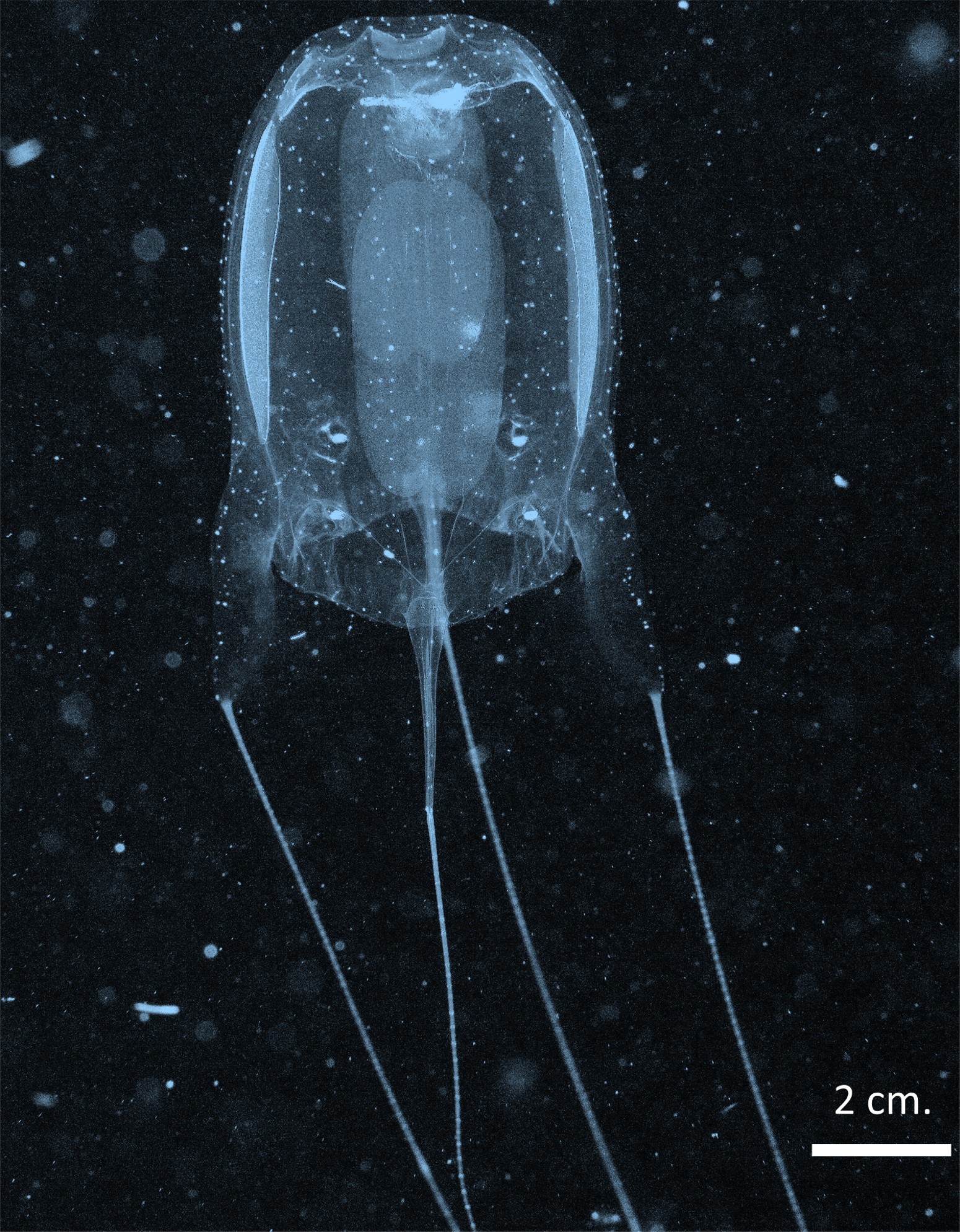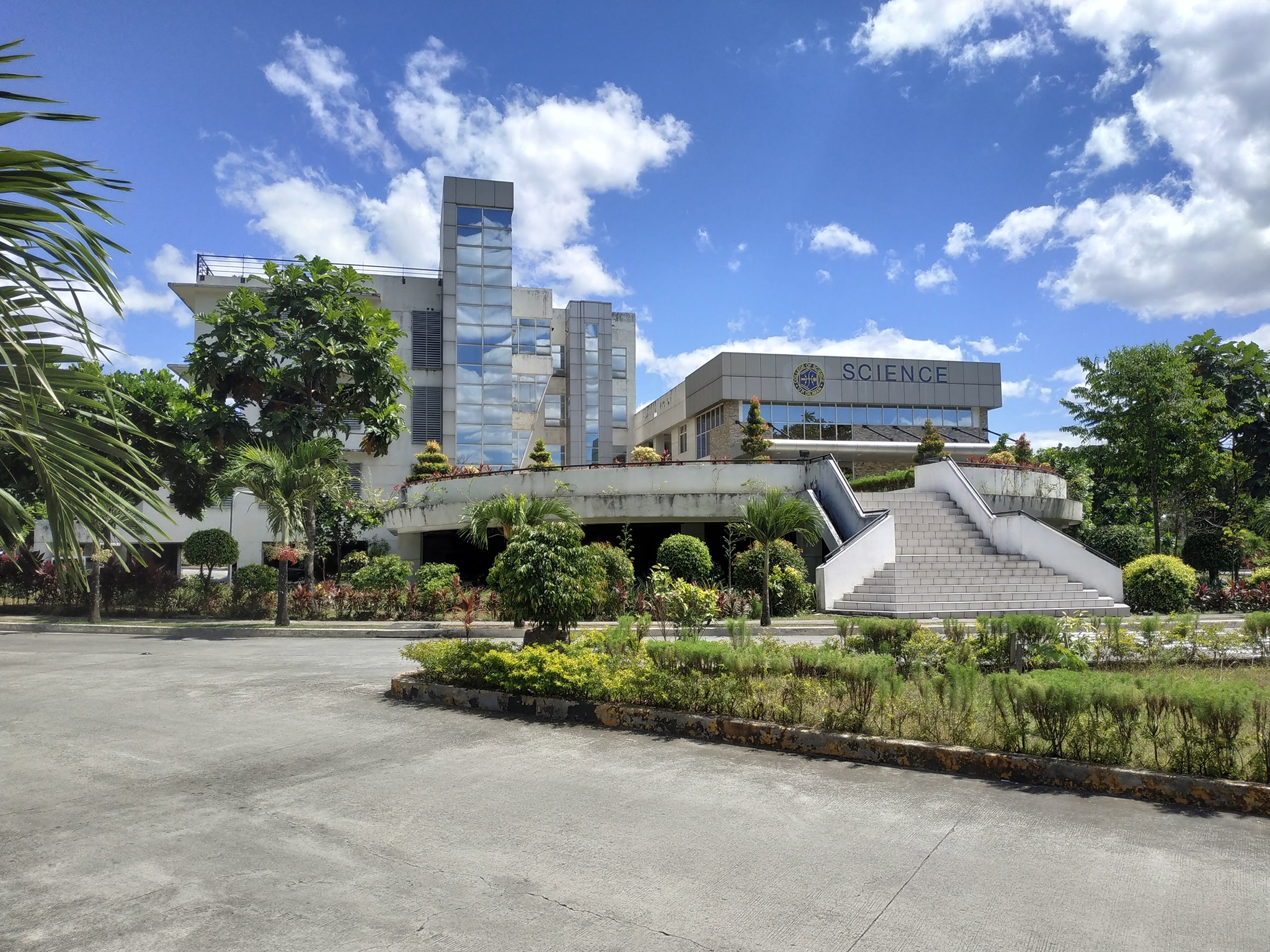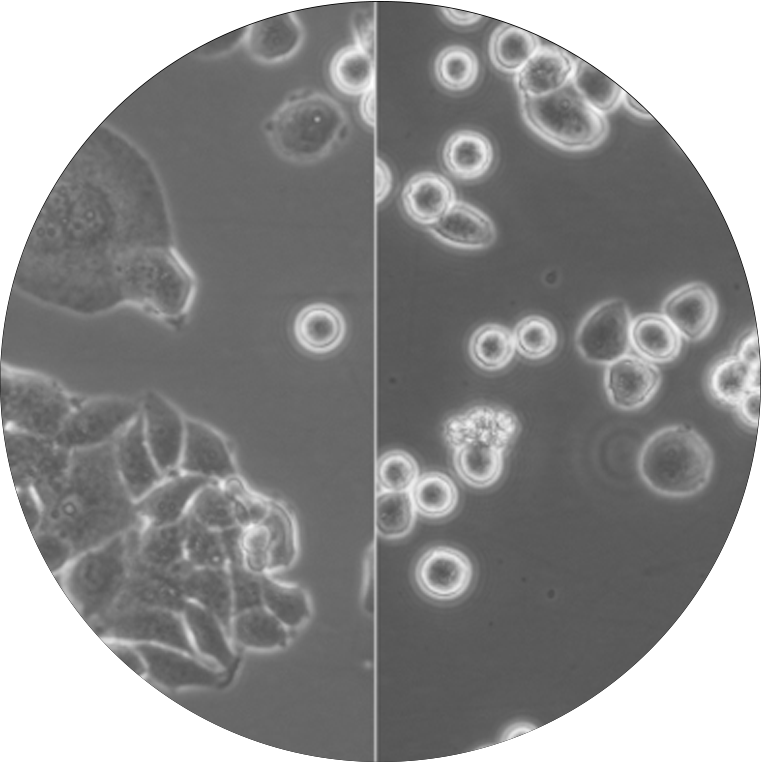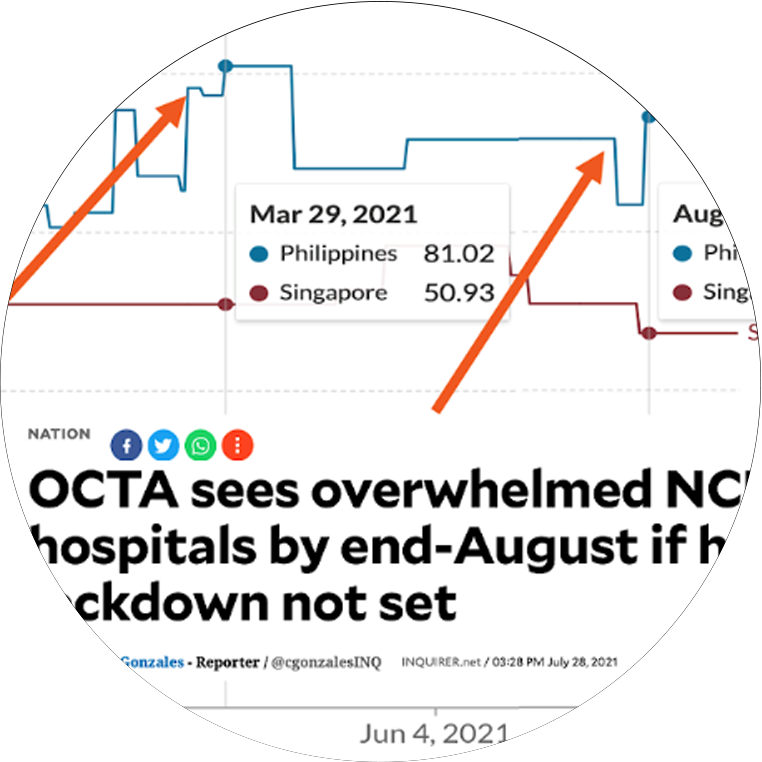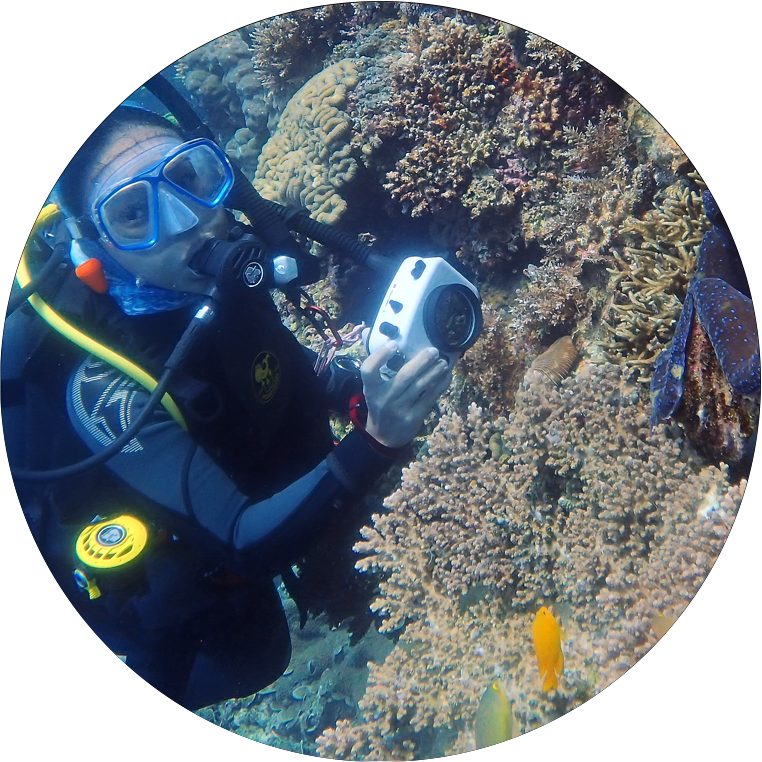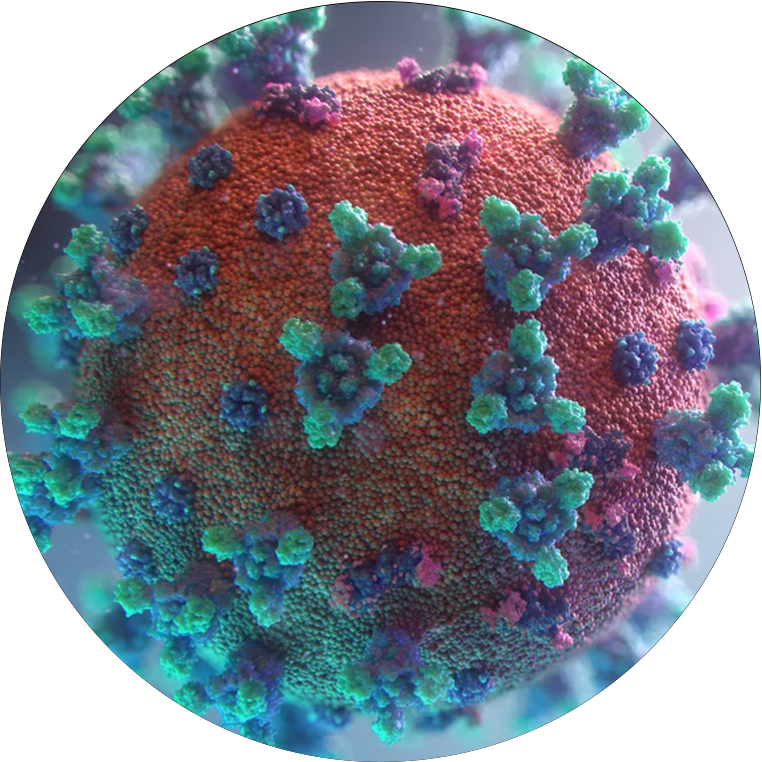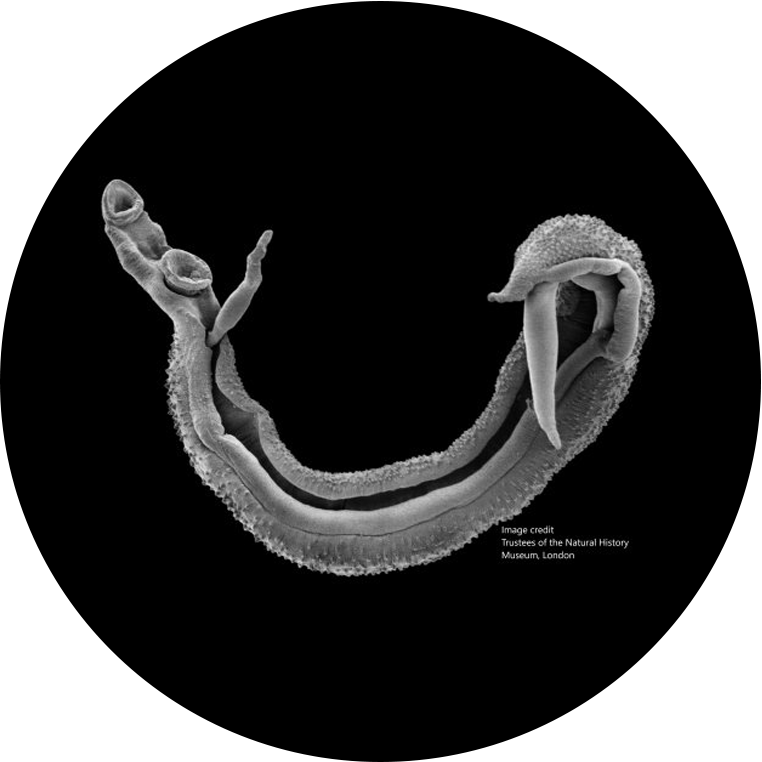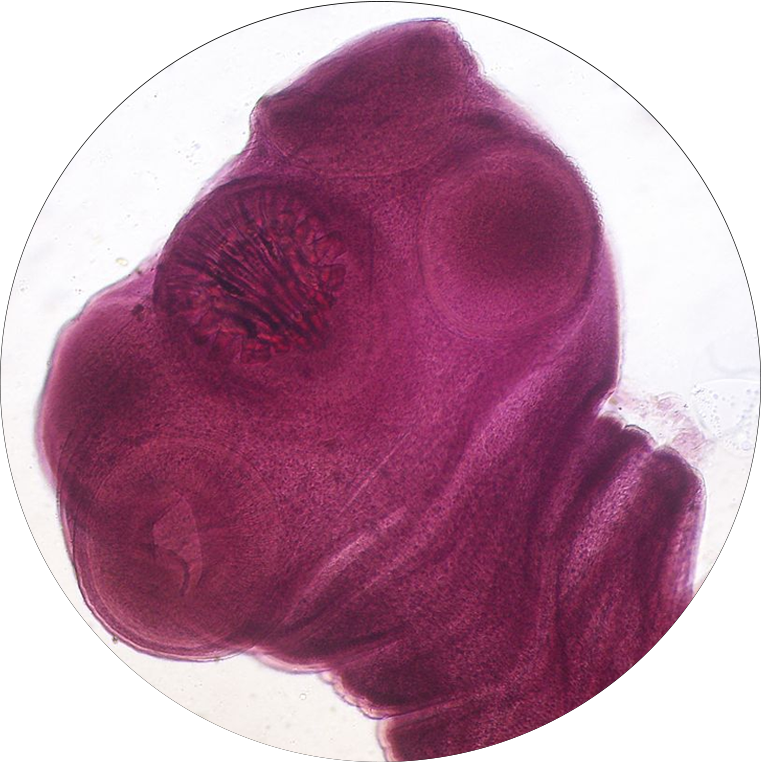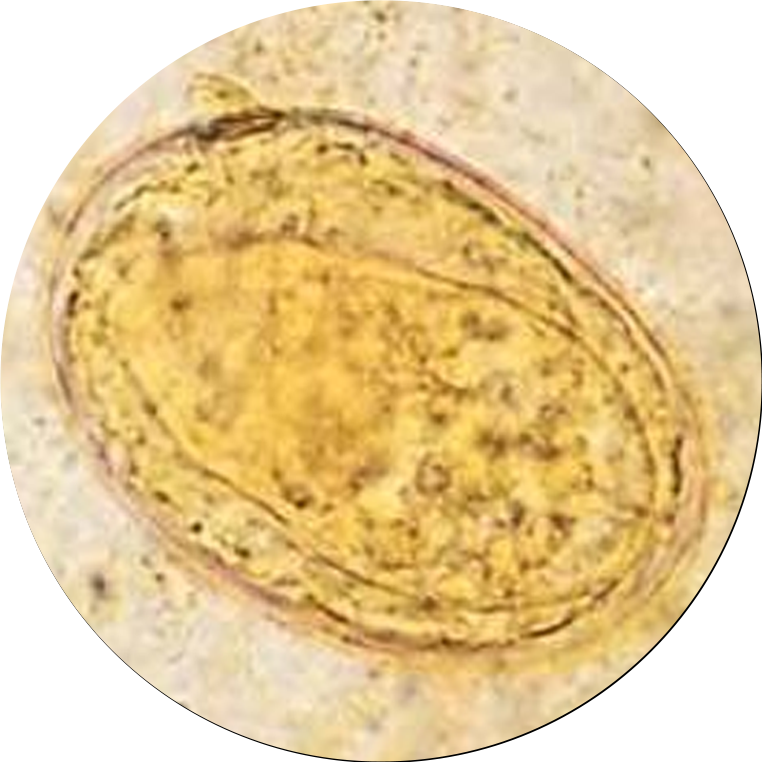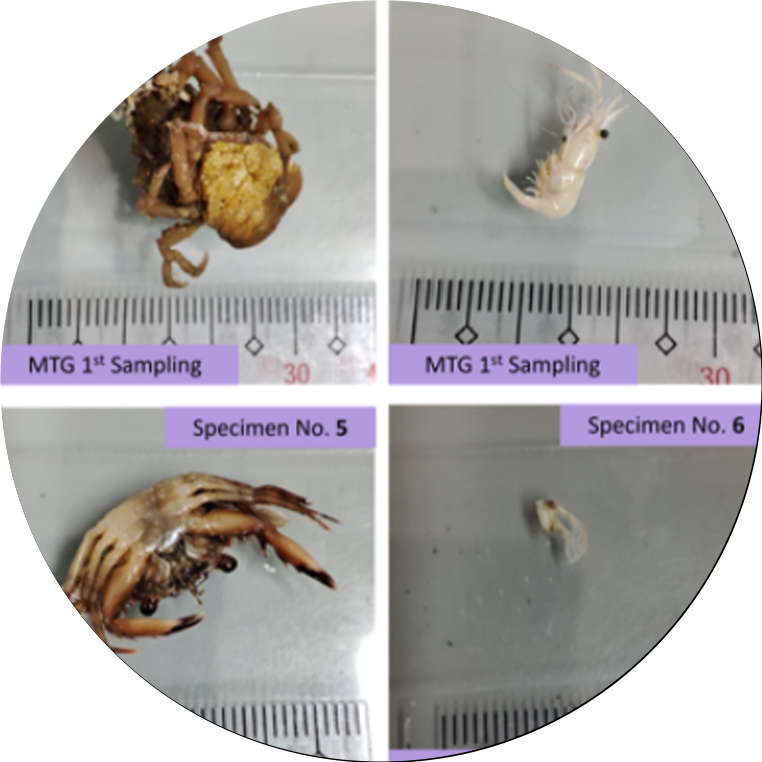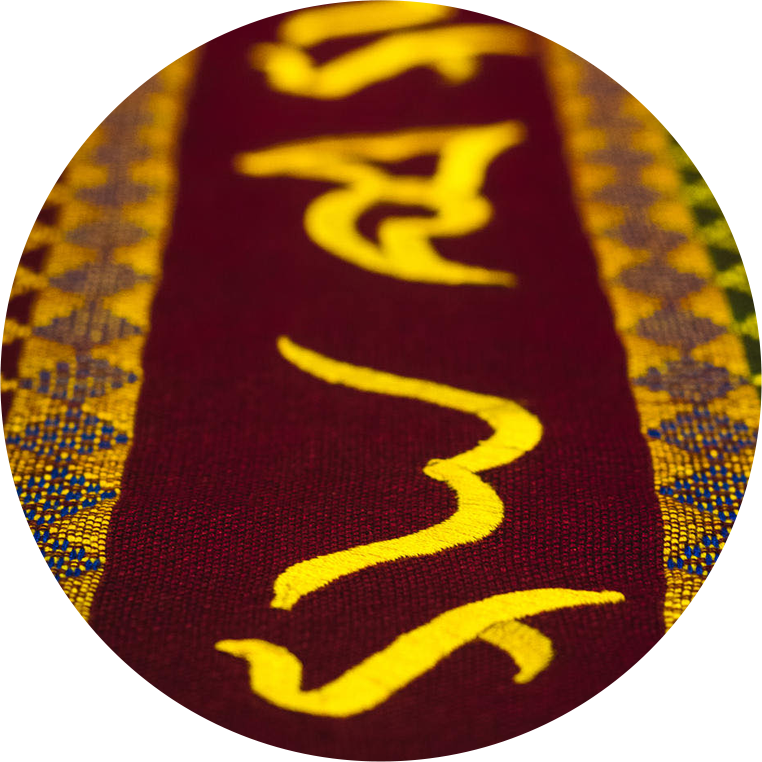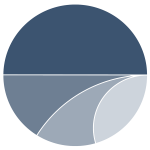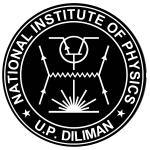SCIENCE – University of the Philippines Diliman

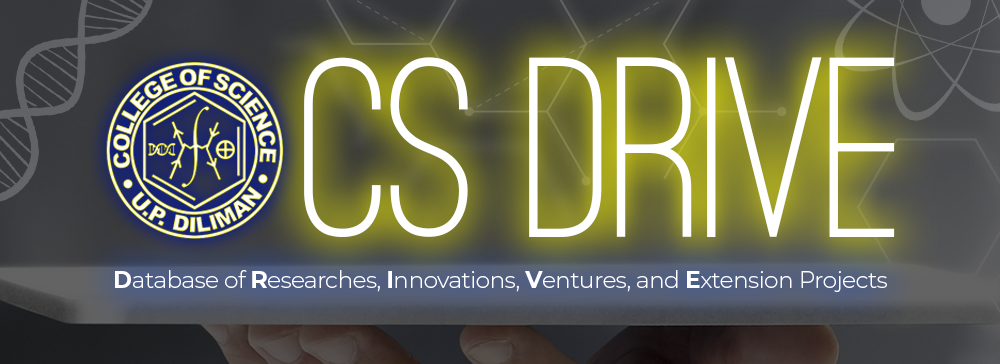
FEATURED NEWS
Ang Pilipinas, na matatagpuan sa loob ng Coral Triangle, ay kinikilala bilang isa sa pinakamayamang marine ecosystem sa mundo. Gayunpaman, maraming mga marine species—gaya ng carybdeid box jellyfish na isang uri ng dikya—ay nananatiling hindi naidokumento. Ang taglay nilang potent venom at ecological significance ay nagbibigay-diin sa kahalagahan ng pagsasagawa ng tamang pag-aaral sa taxonomy ng mga box jellyfish.
The Philippines, located within the Coral Triangle, is recognized as one of the world’s richest marine ecosystems. Yet, many marine species—such as carybdeid box jellyfish—remain poorly documented. Their potent venom and ecological significance underline the importance of conducting accurate taxonomic studies on box jellyfish.
As previously announced, the deadline for the: 1. Application for Readmission (from AWOL and other cases) and; 2. Appeal for Extension of Free Tuition, is on JANUARY 6, 2026
Ang Pilipinas, na matatagpuan sa loob ng Coral Triangle, ay kinikilala bilang isa sa pinakamayamang marine ecosystem sa mundo. Gayunpaman, maraming mga marine species—gaya ng carybdeid box jellyfish na isang uri ng dikya—ay nananatiling hindi naidokumento. Ang taglay nilang potent venom at ecological significance ay nagbibigay-diin sa kahalagahan ng pagsasagawa ng tamang pag-aaral sa taxonomy ng mga box jellyfish.
The Philippines, located within the Coral Triangle, is recognized as one of the world’s richest marine ecosystems. Yet, many marine species—such as carybdeid box jellyfish—remain poorly documented. Their potent venom and ecological significance underline the importance of conducting accurate taxonomic studies on box jellyfish.
As previously announced, the deadline for the: 1. Application for Readmission (from AWOL and other cases) and; 2. Appeal for Extension of Free Tuition, is on JANUARY 6, 2026
CS DRIVE
Database of Researches, Innovations, Ventures, and Extension Projects

